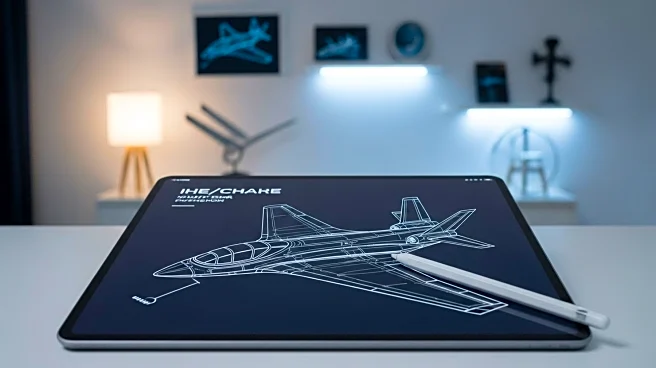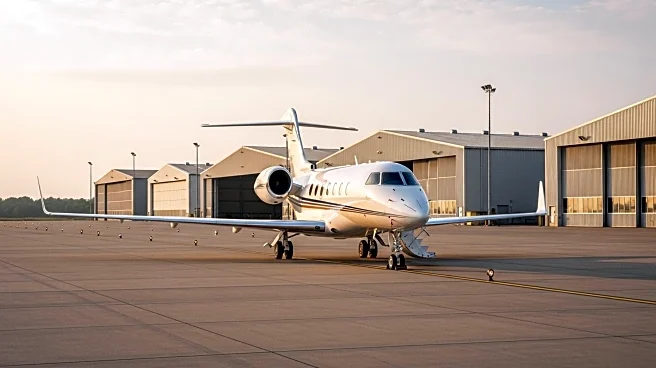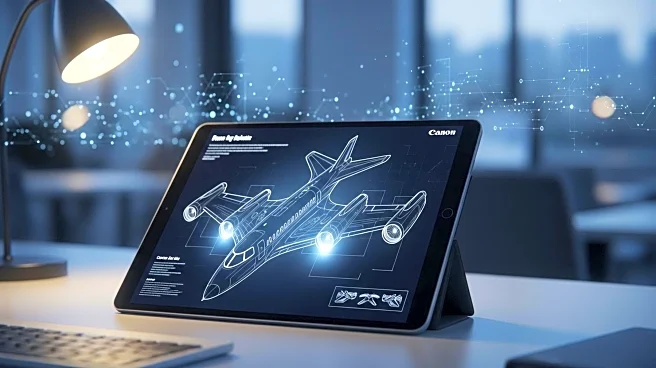What's Happening?
In a significant development for the business aviation sector, Gulfstream, Otto Aerospace, and Syberjet have announced the launch of new jets. Gulfstream introduced the G300, a successor to the G280, featuring new cabin designs and advanced avionics. Otto Aerospace unveiled the Phantom 3500, a jet promising reduced operational costs through innovative laminar flow technology. Syberjet announced the SJ30, a derivative of its earlier model, with advanced avionics and a zero-emission auxiliary power unit. These announcements come ahead of the NBAA-BACE event, highlighting a resurgence in new aircraft developments after years of limited news in the sector.
Why It's Important?
These new aircraft launches signify a revitalization in the business aviation market, potentially leading to increased competition and innovation. Gulfstream's G300 aims to enhance customer experience with improved cabin features, while Otto's Phantom 3500 could redefine cost efficiency in business jets. Syberjet's SJ30 introduces advanced technology, including a zero-emission power unit, aligning with industry trends towards sustainability. These developments could impact market dynamics, offering operators new options for fleet upgrades and operational efficiencies, and may stimulate further technological advancements in the sector.
What's Next?
The NBAA-BACE event may see further announcements, including potential updates on Gulfstream's G400 certification. The industry will closely watch the development timelines for these jets, with Gulfstream's G300 expected to enter service in 2027, Otto's Phantom 3500 aiming for first flight in 2027, and Syberjet's SJ30 targeting deliveries by 2032. Stakeholders will be interested in how these new models perform in terms of operational efficiency and customer satisfaction, potentially influencing future aircraft design and market strategies.
Beyond the Headlines
The introduction of windowless aircraft and advanced avionics systems could lead to a paradigm shift in aircraft design, focusing on virtual reality and AI-enhanced passenger experiences. This trend may raise questions about passenger comfort and regulatory standards, particularly concerning safety and certification processes. Additionally, the use of laminar flow technology in Otto's Phantom 3500 highlights ongoing efforts to improve aerodynamic efficiency, which could have long-term implications for fuel consumption and environmental impact in aviation.










